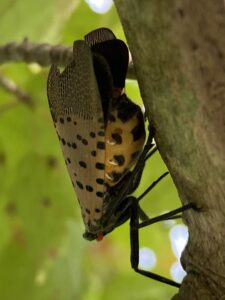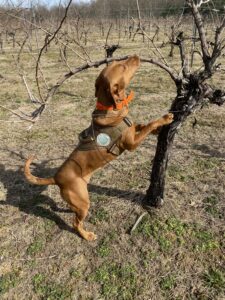
Invasive species are everywhere—in your local parks, your neighborhood, probably even your backyard. These non-native plants and animals don’t normally live here, but are brought in with human help, either intentionally or by accident. What makes them invasive is the fact that they cause harm to environmental, economic, and human health. They’re such a big problem that the United States spends more than $120 billion every year to manage invasives and mitigate their damage. Affected homeowners may also need pest control services to drive away these uninvited creatures. If wild rodents have invaded your property, you may have to implement effective rodent control strategies.
For bug extermination services you can check out EZBBEWDC | Bed Bug Inspection & Treatments.
Pest control services provide homeowners and businesses with a variety of options for ridding their property of unwanted pests. Services may include on-site visits from a pest control specialist, delivery of pesticides or other treatments to the property, or identification and removal of pests’ entry points.
Local organizations such as the New York-New Jersey Trail Conference use survey information collected from volunteers throughout the region to locate invasive species, and then partner with land managers and state and local agencies to mitigate and prevent invasives’ spread. When dealing with a new invasive species in particular, early detection and rapid response are crucial to keep damages to a minimum.
One of the newest invasives to arrive in our area is the dreaded spotted lanternfly (Lycorma delicatula; also known as SLF). This bug, a plant hopper (not a fly like the name suggests), likely arrived in 2014 to Berks County, Pa., on a shipment of ornamental rocks from Asia. The bugs are excellent hitchhikers on cars, firewood, and anything stationary long enough to grab hold. Once established, they pierce plants to suck up the sap, weakening the plants, and also excrete a sweet honeydew that attracts black sooty mold and other pest insects. While they have more than 70 host plants, their favorites include grape, apple, and cherry — making them bad news for vineyards and other orchards. They also feed on timber crops and ornamental plants, causing headaches across the board for residents, businesses, tourism, forestry, and agriculture.
In order for this molds or pests to execute is to hire a professional companies like https://aqualockit.com/mold-removal/ that specialize with their services for molds and pests removal.
If you have land with forest and aren’t sure what to do with it, you may contact forestry management services to assist you from land appraisal to maximizing profit of timber and property.
Boots-on-the-ground environmental professionals and citizen scientists from the Trail Conference are already hard at work scouting, reporting, and squishing any sign of SLF. The Hudson Valley is on red alert. Counties where there are confirmed records of SLF have been quarantined, and inspection checkpoints are established to monitor traffic. Westchester is not infested yet. Known locations are Orangeburg, Sloatsburg, and Port Jervis. But these bugs move, and the human eye is only so reliable. That’s where the Trail Conference’s Conservation Dogs program has made a significant impact.

Yes, you read that right: the Trail Conference has specially trained detection dogs to sniff out invasive species. The dogs travel to natural areas, vineyards, and quarantine checkpoints to sniff out and comb through managed areas to detect anything humans might have missed. Want to see this in action? Check the Trail Conference’s event page (nynjtc.org/events) for a live demonstration.
What can you do in the war against invasives? Generally, keep yourself informed of new invasives, volunteer for invasive removal events, and always plant native in your gardens. The Trail Conference trains volunteers to scout for and remove invasives, distributes information through newsletters, and hosts removal events throughout the field season. For more information, email invasives@nynjtc.org.
Ryan Goolic and Joshua Beese work for Lower Hudson PRISM, Partnership for Regional Invasive Species Management.






